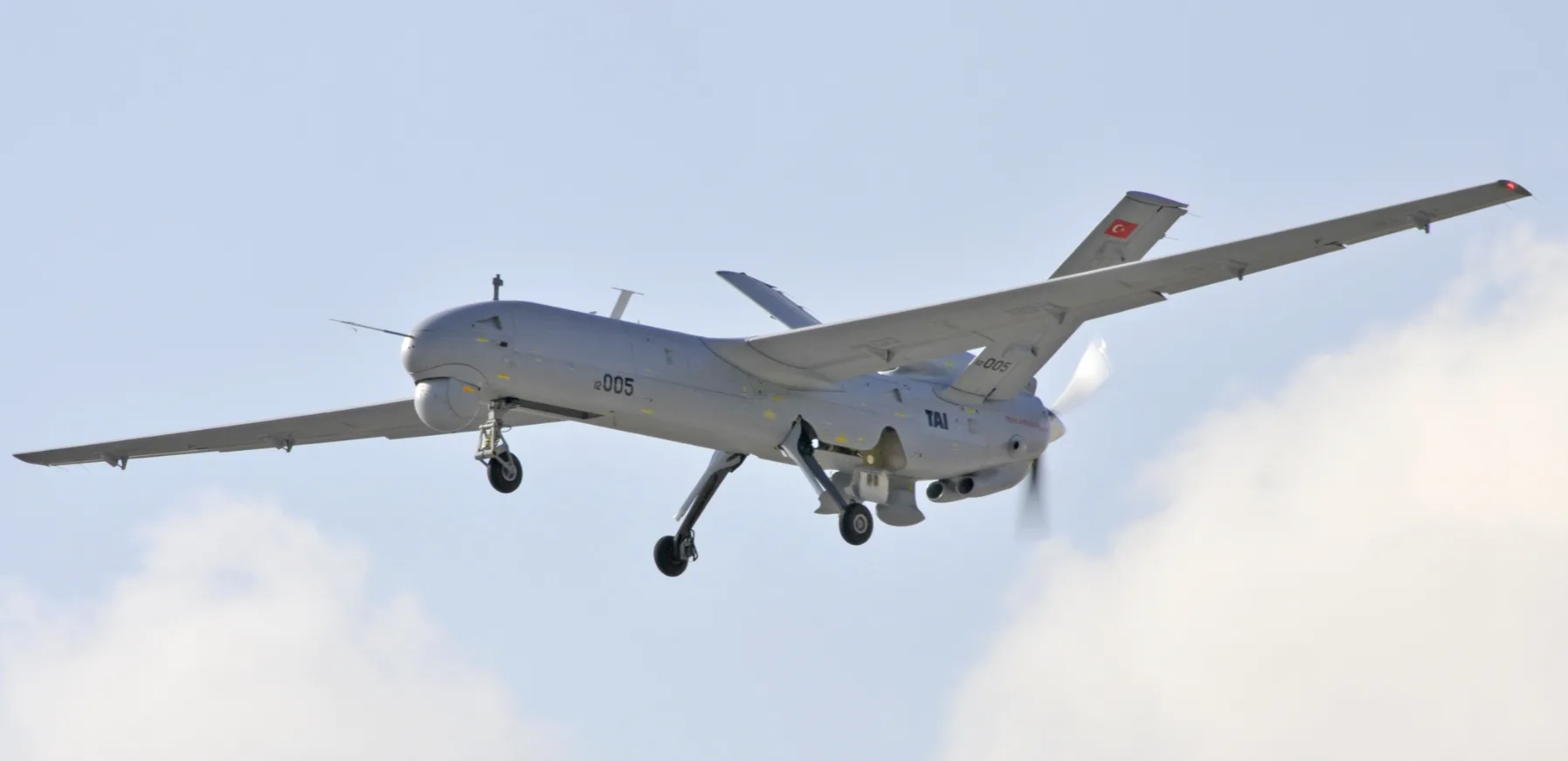2951Views 4Comments

Lockheed Martin will keep F-16 line alive
Although it has not secured any orders for new-built fighters, Lockheed Martin has opted to keep the F-16’s production line warm (Aviation Week). It is important to note that the line will still be ‘closed’, but it seems that Lockheed Martin will retain the necessary infrastructure and human capital in Fort Worth, and re-open the line if and when new orders are received. This will be done by transferring the critical human capital to the F-35, and parts manufacturers will continue receiving contracts.
Lockheed Martin will incur a cost for the decision, but it is considering it as an investment ahead of a proper order, one it anticipates will come from the Middle East and potentially Asia and Latin America. For example, the United Arab Emirates (UAE) is interested in growing its Desert Falcon fleet through the purchase of the Block-61, an update of the Block-60 it currently operates. Lockheed Martin’s CEO, Marillyn Hewson also noted to Aviation Week that Indonesia, Colombia and India are prospective customers.
Comment and Analysis
With the F-16 Block-60/61 and F-16V, Lockheed Martin still possesses a compelling product line, one that incorporates current generation technology, such as active electronically scanned array (AESA) radars and credible electronic warfare (EW) and electronic countermeasure (ECM) suites. While the fighter is in its final chapter as a platform, the F-16 is still a capable platform, one that can – especially when imbued with the right set of internals and munitions – posit a credible challenge to all other platforms on the market.
In addition, there is still a fairly large number of users operating F-16s, particularly the Block-50/52+ (which formed the basis of the Block-60/61). Lockheed Martin is evidently pushing to re-connect with these customers (just as it had tried with Pakistan, whose deal fell apart due to Congress blocking Foreign Military Financing support), and grow their respective fleets.
At this stage of the platform’s life, the cost that Lockheed Martin will incur keeping the line warm will be relatively low; the company has mastery over the F-16’s supply-chain, and it will have learned to fully control the cost of each component it is directly responsible for producing. In effect, keeping the F-16’s production line open is a feasible option for Lockheed, and the idea of an order for new-built aircraft in the next 1-3 years is not unrealistic.



4 Comments
by srmklive
Bilal in your view would the PAF consider going for the F-16V or Block 60/61 upgrade? I think its still worth going for it. But i still get the feeling JF-17 Block-III is the main priority right now. Your thoughts?
by MT
Pakistan has become full fledged ally of china. Expecting US to share AESA radar with pakistan would be vetoed by congress & pentagon
by bill
If PAF is able to get jets with AESA either Italian or Chinese then USA shall be compelled to offer F16V upgrade to Pak. Further chances of India getting F16s are thin. USA can’t afford to loose one of it’s ally which is ever ready to get their second hand stuff as they have already lost Egypt.
by SP
Aircrafts are nowadays increasingly just “bomb trucks”, which means that more important than aircrafts is the missiles that they can fire. Unless you are fighting the US, Russia or India you don’t need F-22 aircrafts and these are unaffordable for most countries. It is only the free printing of the dollar and the ability to purchase commodities like oil in without cost printed dollars that keeps the money pouring into expensive programs like F-22, which most countries don’t have the luxury off.